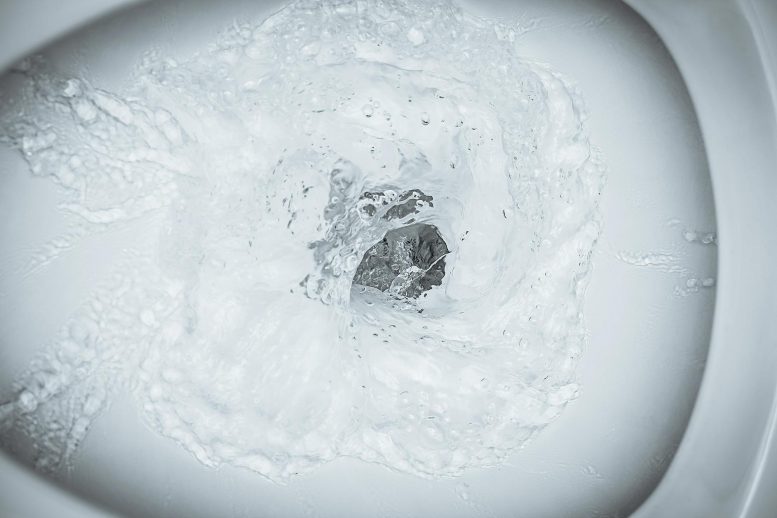New, Slippery Toilet Coating Provides Cleaner Flushing, Saves Water
Published on by Water Network Research, Official research team of The Water Network in Technology
Innovative, Slippery Toilet Coating Saves Water With Cleaner Flushing

Penn State researchers have developed a method that dramatically reduces the amount of water needed to flush a conventional toilet, which usually requires 6 liters.
New coating could reduce toilet water consumption by half, increase water sustainability.
Every day, more than 141 billion liters of water are used solely to flush toilets. With millions of global citizens experiencing water scarcity, what if that amount could be reduced by 50%?
The possibility may exist through research conducted at Penn State University, released today (November 18, 2019) in Nature Sustainability .
“Our team has developed a robust bio-inspired, liquid, sludge- and bacteria-repellent coating that can essentially make a toilet self-cleaning,” said Tak-Sing Wong, Wormley Early Career Professor of Engineering and associate professor of mechanical engineering and biomedical engineering.
In the Wong Laboratory for Nature Inspired Engineering, housed within the Department of Mechanical Engineering and the Materials Research Institute, researchers have developed a method that dramatically reduces the amount of water needed to flush a conventional toilet, which usually requires 6 liters.
Attached link
http://www.youtube.com/embed/M44Io07K3IYMedia
Taxonomy
- Chemical Analysis
- Chemical Materials
2 Comments
-
I would personally question the potential effects on the environment with this technology.
There are ways of dealing with water quantity issues - water reuse is most definitely one. If we can promote water reuse within things such as the dairy industry via remediation of the water prior to its reuse, then we can most definitely do the same with municipal wastewater. -
Translation from Google translate:
Man went against nature by the fact that he mixes the purest drinking water with his feces in order to transport it to one place and then clean it. A. Everything that is flushed from the toilets gets into the sump. The middle and above of this in the sediment is a transparent liquid. It can also be used for a second flush and toilet. In order to do this, it is necessary to disconnect the water supply to it from the main one in the single pipe and to supply water from the pump.
Odor can be eliminated by taking the simplest technical measures for weathering. Many different odor elimination methods are known. But the simplest and most affordable is the automatic ventilation device of the toilet itself with the release of air into the ventilation pipes. The water purified in this way is fed back to the toilet with a special pump and flushes its contents. Thus, the small water circuit closes: toilet bowl - pipes - sludge - pipe cleaning - toilet bowl.
Человек пошел против природы тем, что чистейшую питьевую воду смешивает со своими фекалиями для того, чтобы транспортировать их в одно место и потом очищать.
Все, что смывается из унитазов, попадает в отстойник. Середина и выше этого в отстое представляет прозрачную жидкость. Она может быть использована для повторного смыва из унитаза. Для этого необходимо отключить поступление воды к нему от основного водопровода и подвести подачу от насоса.
Запах можно устранить, приняв простейшие технические меры для выветривания. Известно множество различных способов устранения запахов. Но самым простым и доступным является автоматическое устройство вентиляции самого унитаза с выбросом воздуха в вентиляционные трубы. Очищенная таким образом вода, специальным насосом подается обратно к унитазу и смывает его содержимое.
Таким образом, замыкается малый кругооборот воды: унитаз – трубы – отстой – очистка трубы – унитаз.